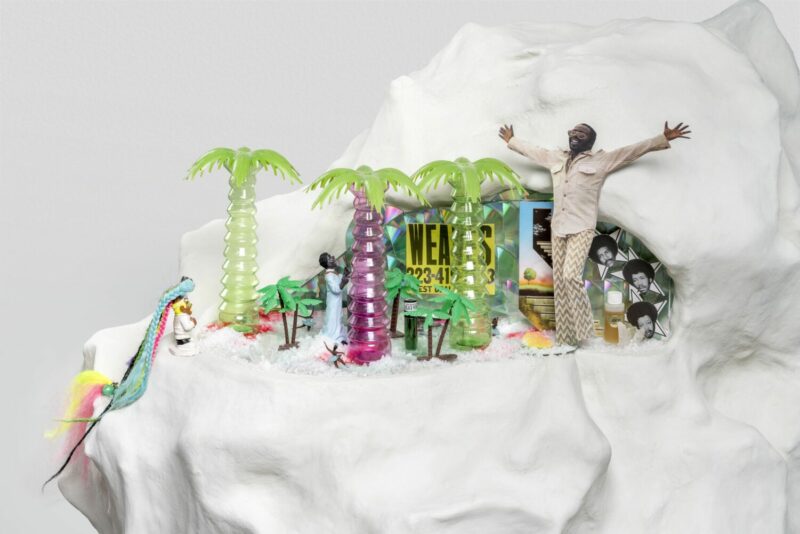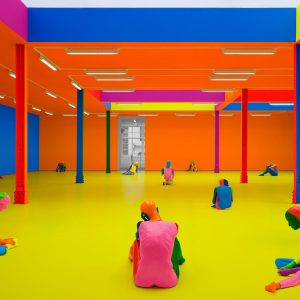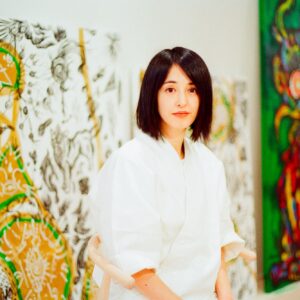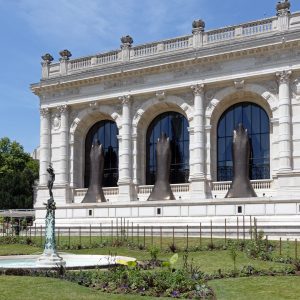Approaching the Serpentine South gallery through Kensington Gardens to see Thoughts in the Roots, a retrospective of works by Giuseppe Penone, you may worry that one of the boulders precariously perched in two trees could fall and crush you to the ground, like Pope John Paul II in Maurizio Cattelan’s sculpture La Nona Hora (1999). People sitting on other boulders strewn on the ground could wait and watch. But you’re also sure to catch the glint of gold from another bizarre tree nearby, which has been split open with immense violence.
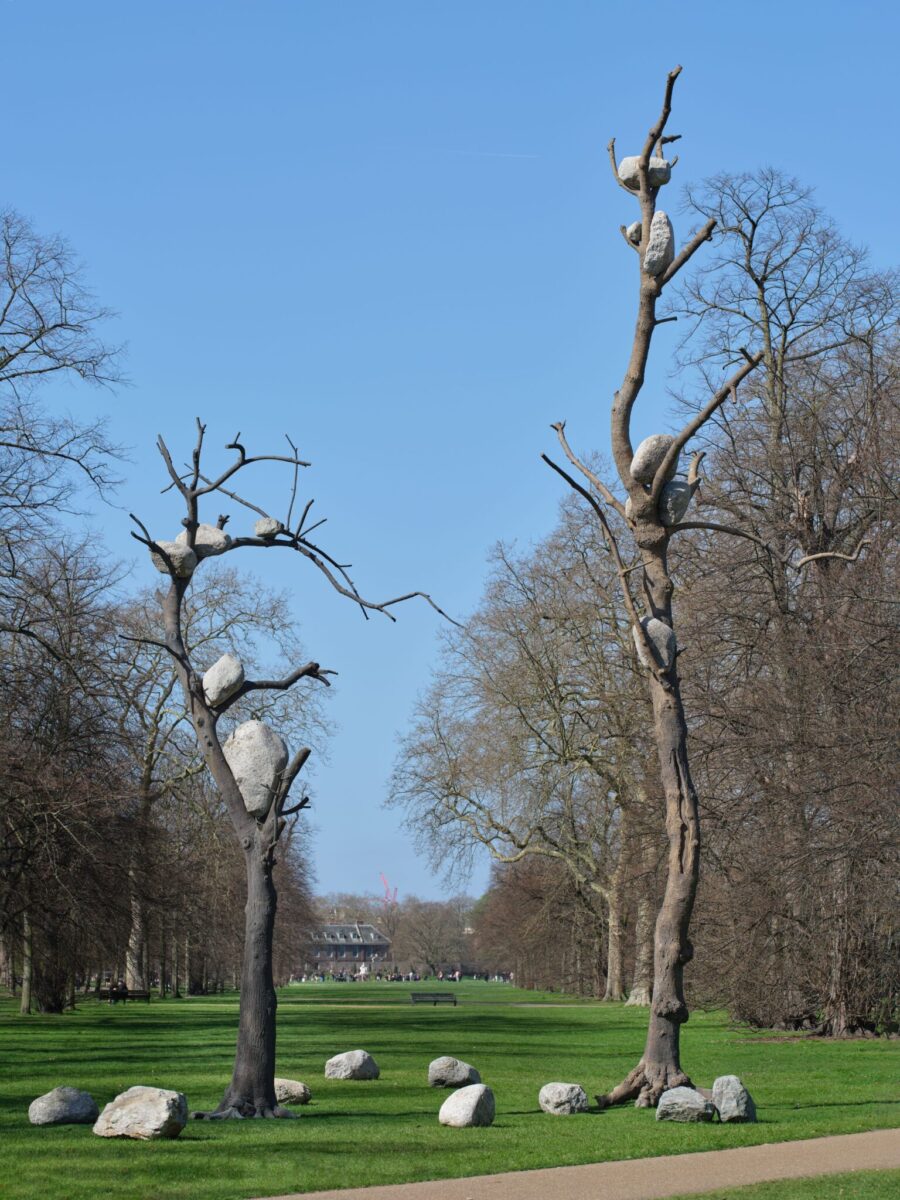
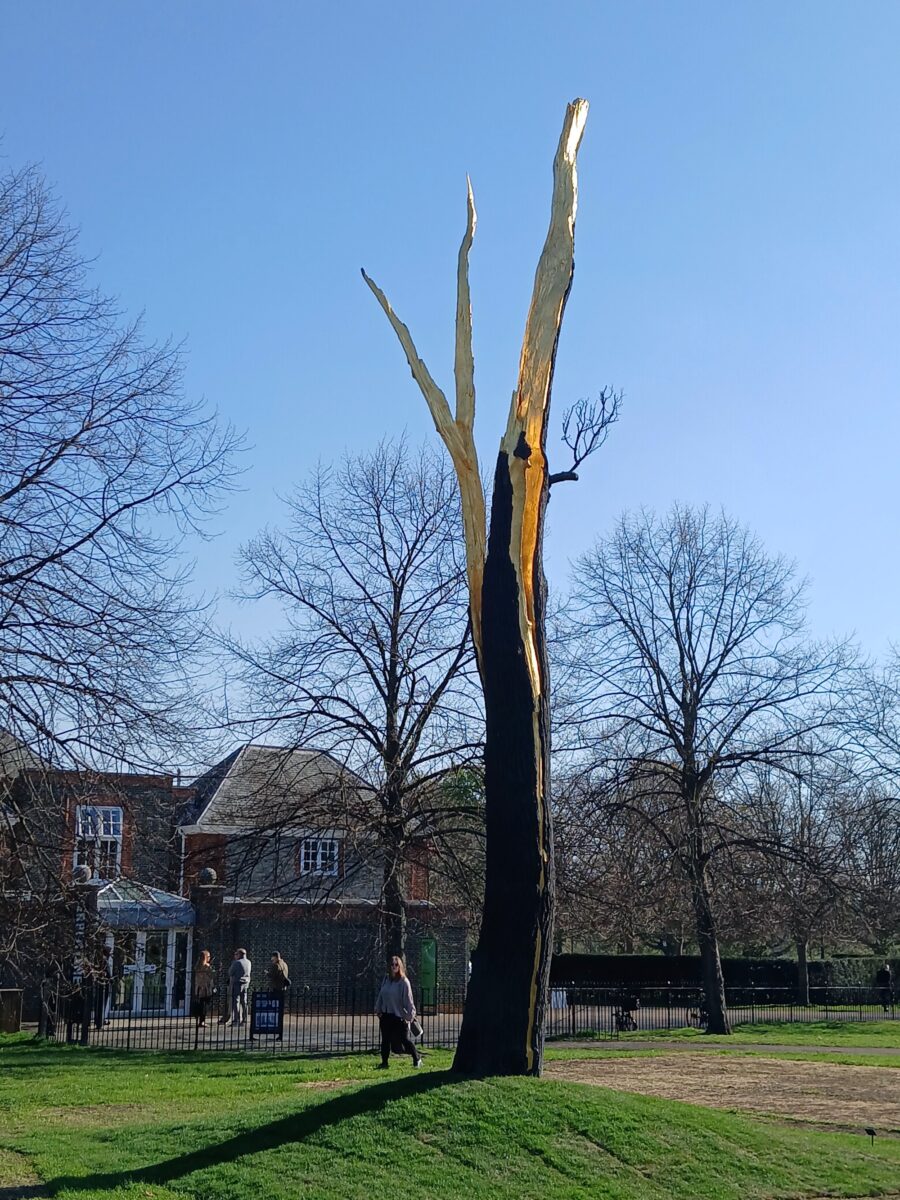
Of course, these are Penone sculptures made with bronze casts of trees, two from his Idee di pietra (Ideas of Stone) series and the 11m-high Albero folgorato (Thunderstruck Tree), both first revealed at Versailles in 2013. Both are about nature’s forces – in the former, ’stone marks the force of gravity’, as Penone remarked at the show’s opening, while in the latter, the force unleashed by bolt of lightning is frozen in gold leaf. Even before we enter the gallery, we have had a taste of Penone’s conceptual engagement with nature. It now spans seven decades.
In the late 1960s, Penone was a key figure in the radical Arte Povera movement which rejected the conventions and formats of the art world and favoured everyday materials, much of which we’d now call ‘found’. The trees, leaves and stones in the local woods of Piedmont, Italy, where Penone was brought up, became a source of materials, and in Alpi Maritime (Maritime Alps, 1968), he performed actions on trees, such as embedding a bronze hand in one, and intertwining tree saplings. It would have been good to see the photographs that document these vital, formative works in the Serpentine, but we don’t.
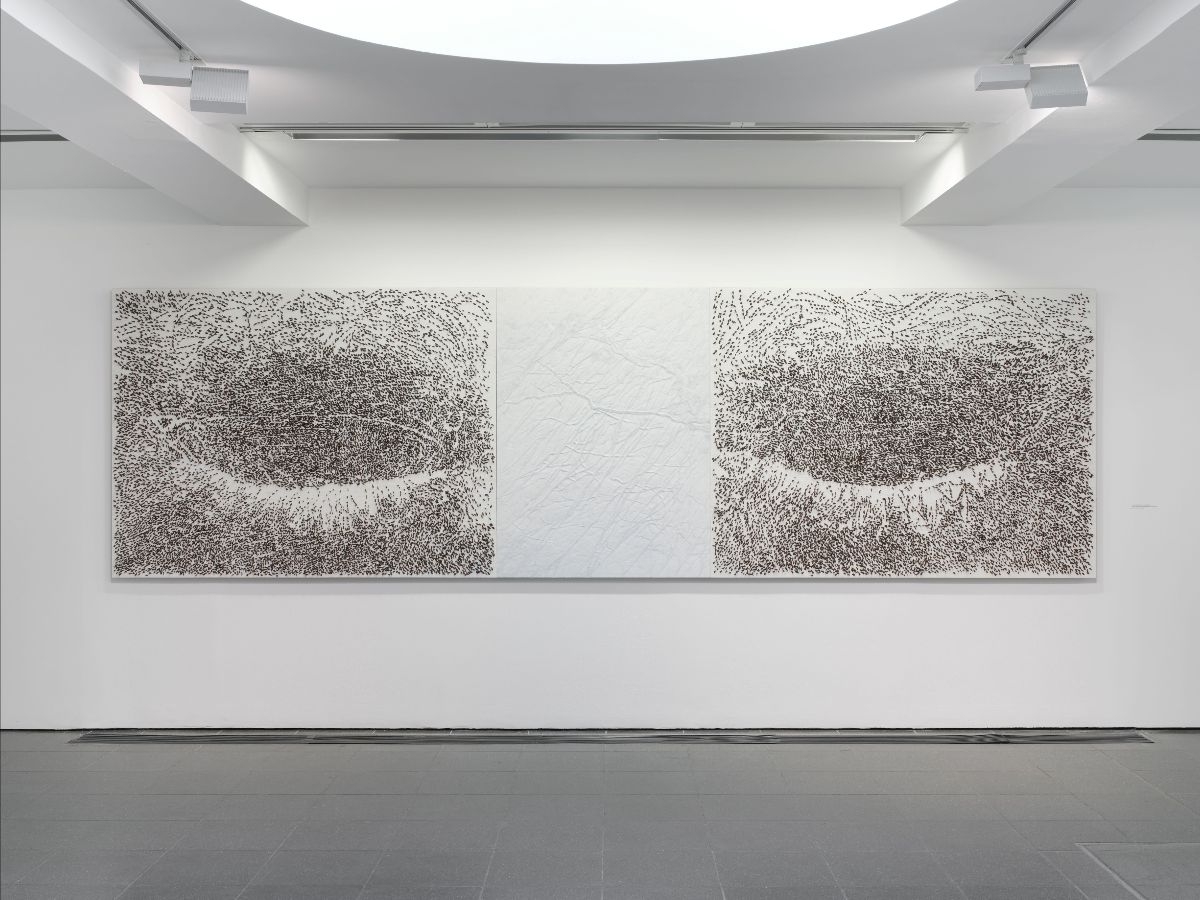
Nevertheless, there’s plenty of subjects and material from what Penone calls the ‘vegetal world’ inside Serpentine South. In the first work we encounter, Aocchi chiusial (With Eyes Closed, 2009), the vegetal world contributes tiny, spiky acacia thorns. Two white canvases are separated by white marble, and each a spread of the black thorns to reveal an image of a closed eye when you step away. The effect is visual, but the work is about not seeing, and is rooted in tactically, but without needing touch. The work highlights how non-visual senses play are integral to Penone’s practice.
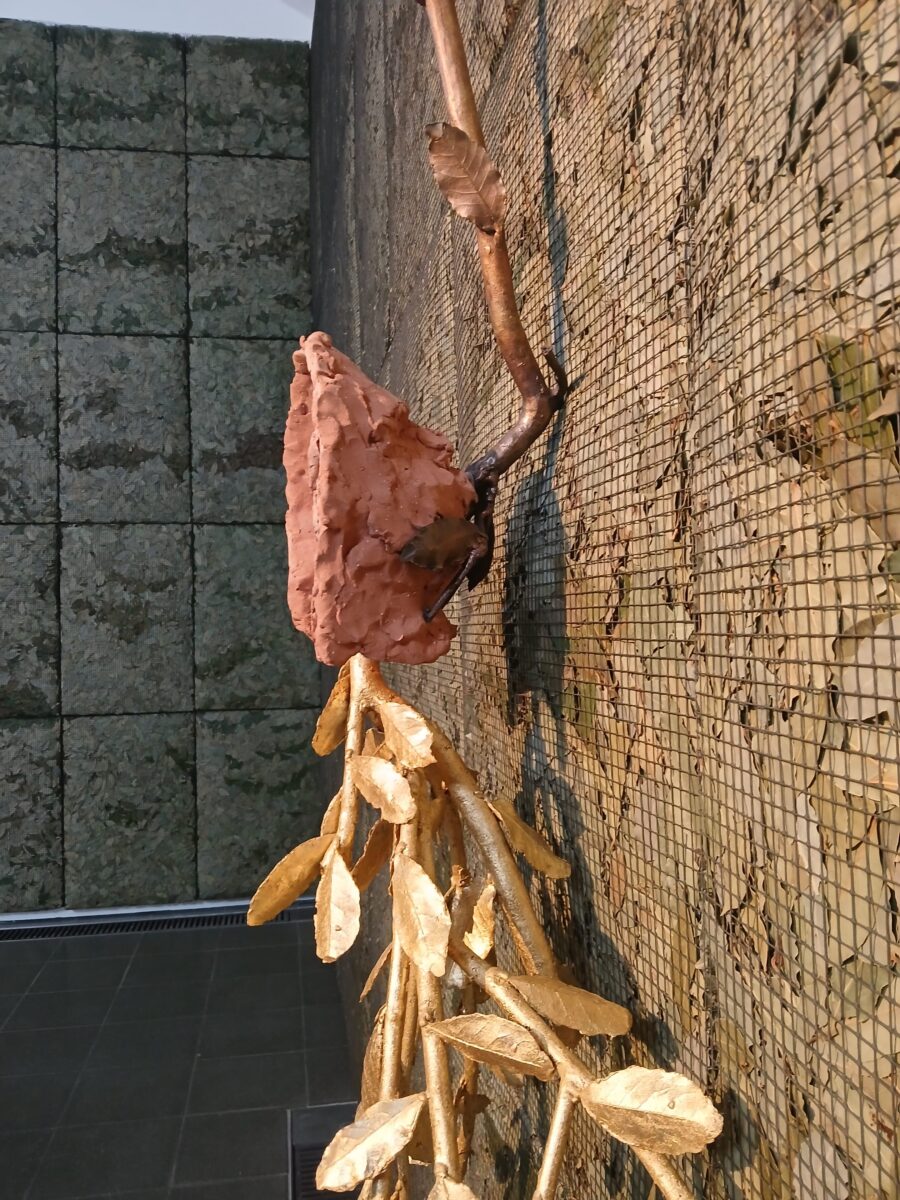
In the central gallery, we encounter the bay leaf-like smell of laurel leaves covering the walls behind a mesh grid. This work, Respirare l’ombra (To Breathe the Shadow, 2000), spells out the concept with a wall-mounted sculptural piece in which a leafy tree branch enters a mask facing the wall, and a gilded branch spreads out below. The face breathes the smell in, and fills the lungs with airborne treasure. Pentone said that the space was ‘like a chapel’, acoustically hushed by the walls while the gilded sculpture corresponds to an alterpiece. On the opposite wall, the striking Alberi libro (Book Trees, 2017) is a screen of hollowed-out split trunks of fir, cedar and larch saplings, in which the trees’ core wood from when they were young run up the trunks’ vertical axes. While David Nash, Ai Wei-wei and others have also used wood to create new forms that nevertheless speak deeply of trees, Penone literally takes us into the heart of trees, as if to reveal the very shape of their inner spirits.
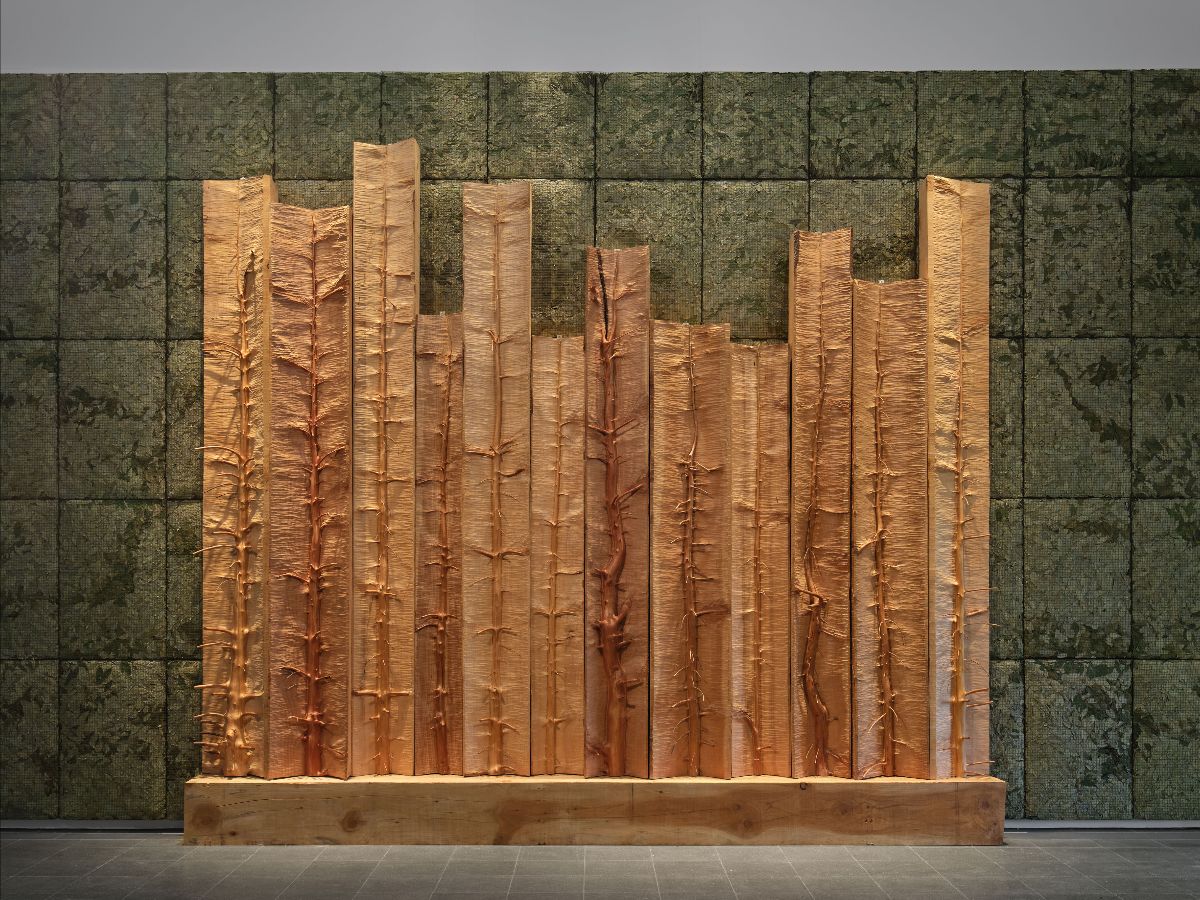
In Penone’s Soffio di foglie (Breath of leaves) series, he records his experience of breathing into a heap of boxwood leaves as he lay on them. In the 1980s, Penone exhibited a suspended bronze model of the heap on a vertical cluster of tree saplings, but at the Serpentine, the original 1979 heap is recreated on the floor and contoured by the imprint of his body, left approximated like a crime scene body outline in three dimensions. The heaped leaves share a gallery space with Siguardo di vegetale (Vegetal Gaze) (1979), in which a photo of the young Pentone is skewered through the eyes by the branches of a potted tree. It brings together his themes of vegetation and cancelling sight, and is surprisingly Dada-esque.
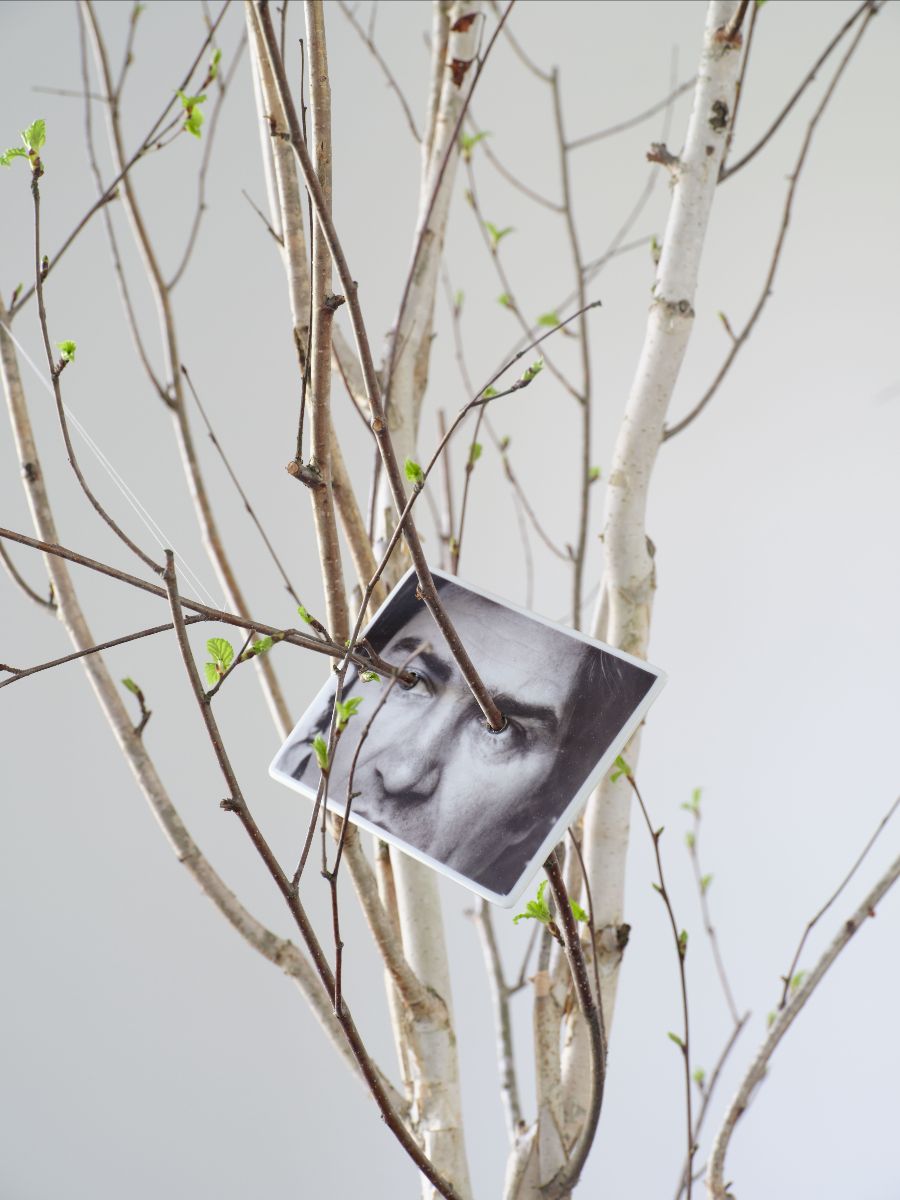
Amongst other works are two murals. Pressione (Pressure), Penone reproduces the patterns of skin from adhesive tape he pressed to his body in 1970, and later tracing a projection with charcoal. It feels like a monochrome Jackson Pollock, but calmer and immersive. Verde del Bosco (Forest Green, 1986) is representational, a beautiful vision of a forest, but made from imprints of bark and leaves.
The retrospective is an affirmation of nature and an exploration of how we interact with it. That’s particularly timely as the digital world infiltrates ever deeper into our experience. Nature carries memories of itself and is alive with patterns, rhythms, energies and drama, and this retrospective surveys Penone’s brilliant revelations of them. He also brilliantly succeeds in what architects of various Serpentine Pavilions often aspire to — dissolving the barrier between the park and the gallery. Interestingly, even the gold leaf symbolising the frozen energy of a thunderbolt unintentionally counterpoints the fancy gilded ornamentation of George Gilbert Scott’s nearby Albert Memorial, which came from an aesthetic worldview that was the polar opposite to Arte Povera. Penone’s creations come from the most rooted and beautiful world of all, that of nature.
Giuseppe Penone, Thought in the Roots –
7th September, Serpentine South


